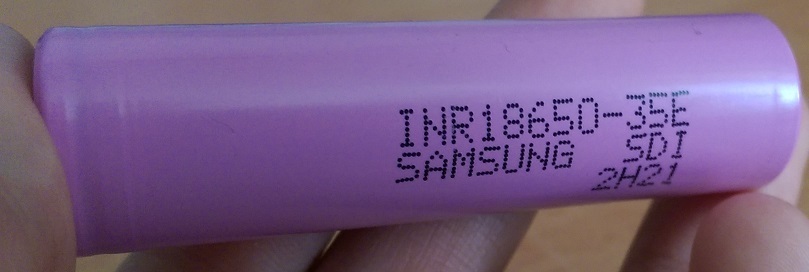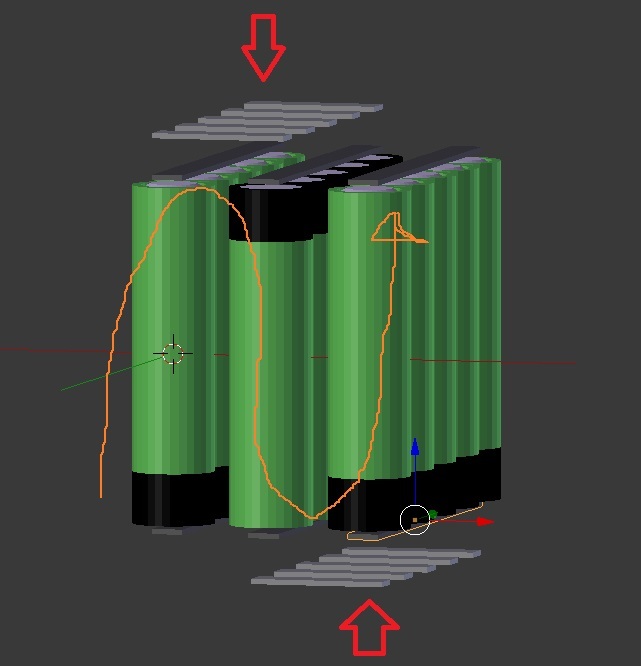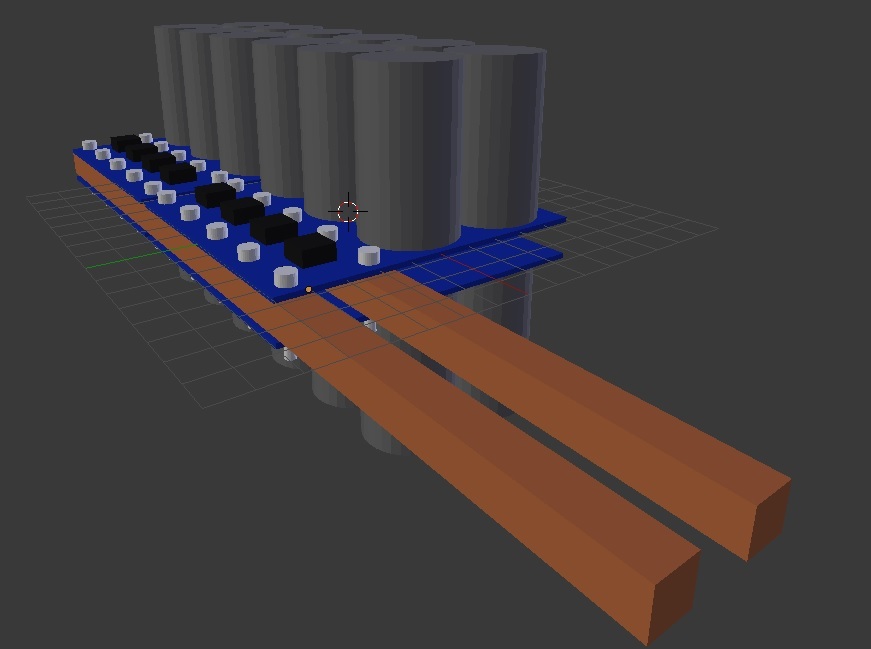Turns out you can’t remove polls, so this poll will stay here.
- Yes, I’m interested in a battery build log
- No, I’m not interested in how you build your battery packs
0 voters
Part 1, Planning and prep work
You have decided to build your own battery pack and your new, precious and expensive cells have arrived from the supplier. If you didn’t already figure out what kind of battery setup you’re building, this is the time to do it, before starting to solder or weld anything together. There is also prep work that needs to be done to ensure safe and long lasting pack build.
How will the pack be fixed in place? In my case I’m going to use my current board’s execution style where the pack is friction locked in it’s place inside the milled space with the help of some vibration absorbing foam tape. So when the bottom piece is bolted on, the milled inside space is high enough to allow the cells to actually move freely, but when the foam tape is added it squeezes the cells gently in place.
I’m going to change the layout of the cells a little bit from the earlier pack, which was shown above. I’m rotating the cells 90 degrees and stack them this way instead. The below picture is from a prototype deck, which wouldn’t have been able to fit the 10S5P configuration I now plan on doing.
So I redesigned the deck so it would be able to fit a 10S5P and sent the new CAD-files for milling
And here’s the overall connection layout minus the balancing leads.
The cells are 50 pieces of Samsung’s INR18650-35E, 3450 mAh, 10 A. Bought from Nkon for 3.11€ ea VAT free with company VAT number. Shipping was about 16€.
How will you assemble the battery pack? I re-thinked the assembly process after my first battery pack and came up with a quite neat and simple plan to build it.
1st, I weld up 10 pieces of 5 parallel packs.
Then I connect the parallel packs in series with a couple short parallel tabs for better current carrying. I also will most likely add the balancing leads at this point.
Then I will just fold out the pack into it’s flat form, which will then fit into the board.
The bends in the image are over emphasized for better illustration purpose. Once I have the pack folded out I will add some kapton tape to secure it mechanically better together.
Now that’s the planning done, now the prep Before welding the parallel packs, care must be taken to ensure that all the cells that are to be connected in parallel have roughly the same voltage each. Otherwise you might connect for example, couple cells at 4.00 V with a one that is 3.50 V and that will cause a high current from the 4.00 V cells to flow into the 3.50 V one to even out the voltages and that might cook the cells due to the current. Worst case is that you have a fire.
In this case all the cells were around 4.13±0.02 V. I then did a final topping charge to the cells and got them all 4.19±0.01 V
If they do differ then they should be charged with a charger to full voltage to even them out. Like I did earlier, before measuring the cell voltages. This setup is my solar panel charger, which is charging the car battery, which to the Li-Ion charger is connected to. Green energy folks right there.
I also now like to add an extra protection to the positive end of the cell to protect from short circuits caused by excess tab temperatures, which could possibly melt the plasticy protective ring around the positive terminal and short it into the negative terminal shell.
DANGER CLOSE! The positive tab is surrounded by the negative terminal shell and should be protected from accidental short circuits! (Image from batterybro.com)
These adhesive cardboard ring add a little bit of thickness, but are much more resistant against mechanical and thermal stress. If you’re planning on soldering your pack together, I strongly recommend these, as the longer heat exposure will start melting the plastic ones. These were bought on ebay.
So to review the planning and prepping:
-
Figure out your pack configuration: 10S5P, 8S3P, 12S4P etc.
-
Figure out how you’re going to attach the pack onto your board
-
Think through how you’re going to assemble the pack. Tab connections, balancing leads
-
Charge your cells to same voltage before starting to weld or solder
-
Add extra protection to the positive terminal to protect from accidental short circuit to the negative outer shell, if necessary
Part 2, Welding and assembly (Unfinished and on hold, check post #6 for info)
We have our action plan together and our prep has our cells at the same voltage and the positive terminals are protected. It’s time to start welding! well… almost.
First we need to start testing and dialing in our welding settings. I usually start with the shortest pulse length and do a test weld and try to pull the nickel tab off of the battery and if it comes off easily, I up the power.
Turns out this legitimate pure nickel strip at this thickness (0.2 mm) is pretty dang good conductor, because I had to test all the way to max pulse length the welder could put out and only there were the tabs starting to stick well.

After testing out the correct pulse settings for the weld, I measure out the needed tab length for the parallel packs and cut them with plain household scissors, because the nickel tab is pretty soft, but I wouldn’t recommend using maybe the best scissors in the house still… I also snipped off the sharp corners for a little bit cleaner look.
I have 3D-printed a holder for the cells while I’m welding them that holds them in a straight line and I then add a rubber band to pull them together to make straight and tight packs.
First parallel pack done!
Halfway done.
All 10 parallel packs done!




























 The other difference is the spotwelder itself. You´re using a different one.
The other difference is the spotwelder itself. You´re using a different one.

